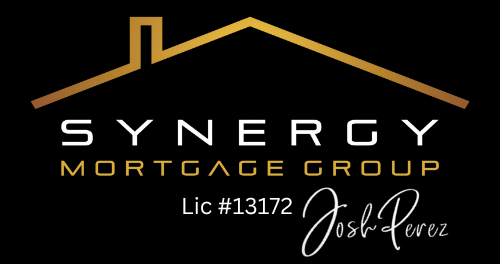Act Now to Save Thousands on Your Mortgage: Expert Advice from Josh Perez
Are you in the market for a new home, thinking about renewing your mortgage, or considering refinancing in the next six to twelve months? If so, there's a crucial piece of advice that could save you tens of thousands of dollars: Act now! This invaluable insight comes from none other than mortgage expert Josh Perez, who emphasizes the importance of getting your mortgage application and documents in order as soon as possible.
You can save tens of thousands of dollars by doing this right now, and that is you need to hurry up and get your mortgage application and documents in now if you're looking at buying a home, renewing a mortgage, or refinancing a mortgage in the next six to
12 months.
The Current Mortgage Landscape
In today's ever-changing financial landscape, interest rates are more volatile than ever before. This volatility can have a significant impact on your mortgage options and costs. Josh Perez's advice revolves around securing and holding rate options for as long as possible, a strategy that can only be accomplished with a well-prepared mortgage application and updated documents in hand.
The Benefits of Early Action
So, why is early action so crucial? Here's how it works: when you submit your mortgage application early, you essentially "lock in" the current interest rates. This means that if interest rates rise during the next six to twelve months, you'll still enjoy the lower rate you secured. On the other hand, if rates happen to decrease, you'll have the flexibility to take advantage of the lower rates, thanks to your prepared application.
The High Cost of Procrastination
Josh Perez warns that leaving these crucial steps to the last minute can have serious financial consequences. Waiting too long before applying for a mortgage can result in hundreds of dollars in payment increases, not to mention tens of thousands of dollars in extra interest payments over the term of your mortgage. Moreover, procrastination can even impact your qualification status, potentially reducing your borrowing power when you need it the most.
The Bottom Line
In a market where interest rates can change rapidly, timing is everything. Josh Perez's advice is clear: if you're planning to buy a home, renew your mortgage, or refinance in the near future, don't wait. Take action now to secure your financial future. By getting your mortgage application and documents in order promptly, you'll not only save money but also gain peace of mind knowing that you've made a smart financial move.
Remember, it's not just about the home you want to buy; it's about the thousands of dollars you can save by acting decisively today. Don't let market volatility catch you off guard. Follow Josh Perez's expert advice and start your mortgage journey on the right foot. Your future self will thank you for it.
Ready to get started? Book a call with Josh





